The Big Picture
- The Animatrix is an animated anthology that contextualizes and expands upon the world established in "The Matrix" franchise.
- The two parts of "The Second Renaissance" explore the historical events and conflicts that led to humanity's fall at the hands of machines, delving into themes of justice and the cyclical nature of history.
- The Animatrix explores philosophical undertones and continues to build on the themes of choice, reality, and man's relationship with technology introduced in The Matrix. It serves as a bridge between the first film and its sequels.
With their ambitious sophomore effort, the Wachowskis wrote a new chapter in cinema history. Famously combining science-fiction, martial arts, anime sensibilities, groundbreaking visual effects, and thematically dense storytelling, The Matrix is one of the ultimate genre-blending exercises ever committed to celluloid. And while its three sequels struggled to compare in terms of quality and originality, 2003's animated anthology, The Animatrix, features some of the greatest storytelling and visuals to emerge from the franchise. Released concurrently with The Matrix Reloaded, this varied collection of shorts greatly contextualizes and builds upon the world established by the 1999 film, taking viewers deeper into humanity's war with the machines than any iteration before or after.
Why Was 'The Animatrix' Animated Instead of Live-Action?
Though the Wachowskis were clearly inspired by many genres and ideas when they wrote and directed The Matrix, it's only fitting that their deep affection for anime would bring them full circle to this 2003 anthology. Comprised of nine short films, four of which were written by the Wachowskis themselves, The Animatrix features a variety of styles and combined talents of some of the most well-known and revered artists in animation. Among those involved were Mahiro Maeda (who's also contributed to Kill Bill Vol. 1 and Mad Max: Fury Road), Shinichiro Watanabe (known for directing Cowboy Bebop), Koji Morimoto (who worked on the iconic Akira), and Yoshiaki Kawajiri (writer/director of Ninja Scroll). In facilitating and empowering artists whose work undoubtedly influenced their own, the Wachowskis' willingness to allow their collaborators agency and autonomy only enhanced and complemented the world they created, effectively paying tribute to a beloved style of animation without which The Matrix may not have existed.
'The Animatrix' Explains the Beginning of the Machine and Human War
Despite how beloved The Matrix was upon release, it wasn't uncommon for moviegoers to make mention of the film's sometimes confounding and complex narrative. While lauded for its action, visuals, and overall sense of originality, the film's philosophical undertones and commentary on the nature of reality were often met with a generalized sense of befuddlement. Addressing this confusion and the questions inevitably stemming from it, The Animatrix proves crucial in conceptualizing the backstory of its predecessor. Two of the film's shorts, dubbed "The Second Renaissance Part One" and "The Second Renaissance Part Two", respectively, serve as an extensive prologue to the first film, taking viewers on a historical journey outlining the series of events and conflicts that led to humanity's fall at the hands of its machine counterparts. Once again demonstrating their knack for world-building, the Wachowskis penned both parts of "The Second Renaissance", and the result is a significant expansion on the foundation of their franchise.
In the first part of "The Second Renaissance", it's revealed that the initial spark leading to a machine uprising was a judicial case involving a robot that killed its owner in self-defense. Making reference to the infamous 1857 court case of Dred Scott vs. Sanford, in which the Supreme Court ruled that African-Americans would not be protected as citizens under the U.S. Constitution, part one of "The Second Renaissance" powerfully alludes to a dark chapter of human history. With the futuristic judicial system drawing a hard line in the sand, the bitter debate over civil rights for machines divides society, leading to mass chaos and unrest. The machines ultimately isolate themselves in the Middle East and flourish for a time, but eventually fall victim to the predations of an increasingly hostile and fearful human race.
In Part 2 of "The Second Renaissance", all hell predictably breaks loose as the independent machine society is perceived as a threat to humanity, which ratchets up the tension with a complete assault on the A.I. society. But proving resilient to the fallout of such destruction, the machines outlast humanity in a brutal war of attrition, ultimately emerging victorious and enslaving their former masters for use as an energy source. Delving into timeless themes of what it means to be sentient, notions of justice, and the bitter irony of evolving technology turning on its creator, "The Second Renaissance" paints a vivid portrait of a civilization's demise, establishing an expositional framework through which viewers can make better sense of the world the Wachowskis envisioned. Among the anthology's nine shorts, this two-part effort is particularly poignant, not to mention terrifying, because of its recognizable parallels with human behavior and the cyclical nature of history.
What Is the Meaning Behind 'The Animatrix'?
Aside from its thrilling action and visuals, The Matrix introduced audiences to a universe heavily steeped in philosophical undertones. After exploring ideas surrounding free will, faith, and man's relationship to technology with the first film, the Wachowskis and their collaborators further built on heady themes with The Animatrix. "Program", the anthology's fourth segment, features beautifully crafted, eye-popping animation and tells the story of Cis and Duo. Training in a simulation set in the feudal era of Japanese history, the short places the existential dilemma of choice front and center as Cis undergoes a test tempting her to abandon reality in favor of the illusory Matrix. Though goaded by Duo, Cis ultimately manages to resist the prospect of returning to a world of blissful ignorance, albeit after an intense struggle. In its very limited runtime, "Program" toys with the universal notion of choosing between hollow comfort and striving for meaning and fulfillment in the face of adversarial pushback.
"Final Flight of the Osiris" Takes Place Between 'The Matrix' and 'The Matrix Reloaded'
The first film in the anthology, "Final Flight of the Osiris", makes use of cutting-edge, lifelike animation that came to the fore in the early aughts. Written by the Wachowskis and directed by revered animator Andrew R. Jones (animation director of the similar-looking Final Fantasy: The Spirits Within), it essentially serves as a segue into The Matrix Reloaded. Following the crew of the titular ship, the film, more than any other in the anthology, is representative of the stylistic aesthetic and overall world of the trilogy. Taking viewers through the gloomy subterranean realm of the real world as rebels race against time to warn Zion of an impending machine invasion, it's a tense, action-packed, and beautifully animated piece establishing the high stakes that would soon follow, effectively bridging the gap between the first film and its sequels.
Also written by the Wachowskis is "Kid's Story". Echoing Neo's quest for truth in the first act of The Matrix, Kid finds himself questioning his day-to-day experiences and obsessively wondering what lies behind the veil of his perceived reality. Hot on his tail are agents, aware of his attempts to learn the truth, which culminates in a pursuit that leads to Kid's "death." As a minor character introduced to audiences in Reloaded, little to no explanation is given regarding how Kid escaped the Matrix despite he and Neo briefly discussing it, but his role in Revolutions is significantly expanded as he joins the fight in defending Zion from the machine onslaught. Though it may not be wholly unique or heavy on ideas and visuals, "Kid's Story" remains a nice tie-in to the second and third films in providing the first glimpse of a supporting character, while also serving as a callback to the sense of mystery that kicked off The Matrix.
Why Is 'The Animatrix' the Best Part of The Matrix Franchise?
While the 1999 film that started it all is clearly the gold standard of the franchise, its sequels didn't fare quite as well. Despite being a box office smash and featuring some impressive action sequences, Reloaded left many fans feeling puzzled and disconnected from the magic of the first film, while Revolutions was largely considered an anti-climactic letdown, and The Matrix Resurrections polarized with its rehashing of familiar beats and metafictional sensibilities. But The Animatrix is an unsung gem regarding visual ingenuity, thematic exploration, and expansive world-building, complementing its predecessor and successors with stylistic and narrative reverence. Coming full circle, the anime-laden anthology is also a fitting tribute to Japanese animation in providing a deserving platform to some of the artists who had a hand in inspiring its source material.
from "place" - Google News https://ift.tt/setDL6k
via IFTTT
Bagikan Berita Ini

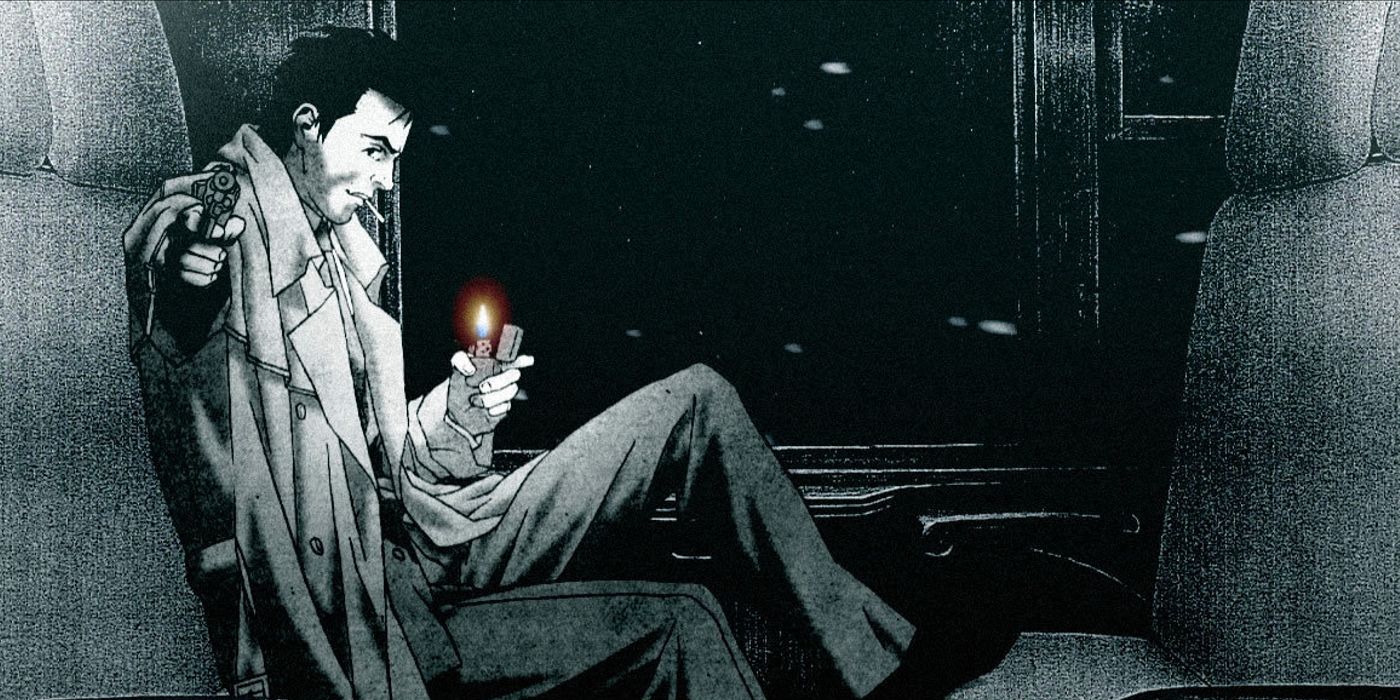
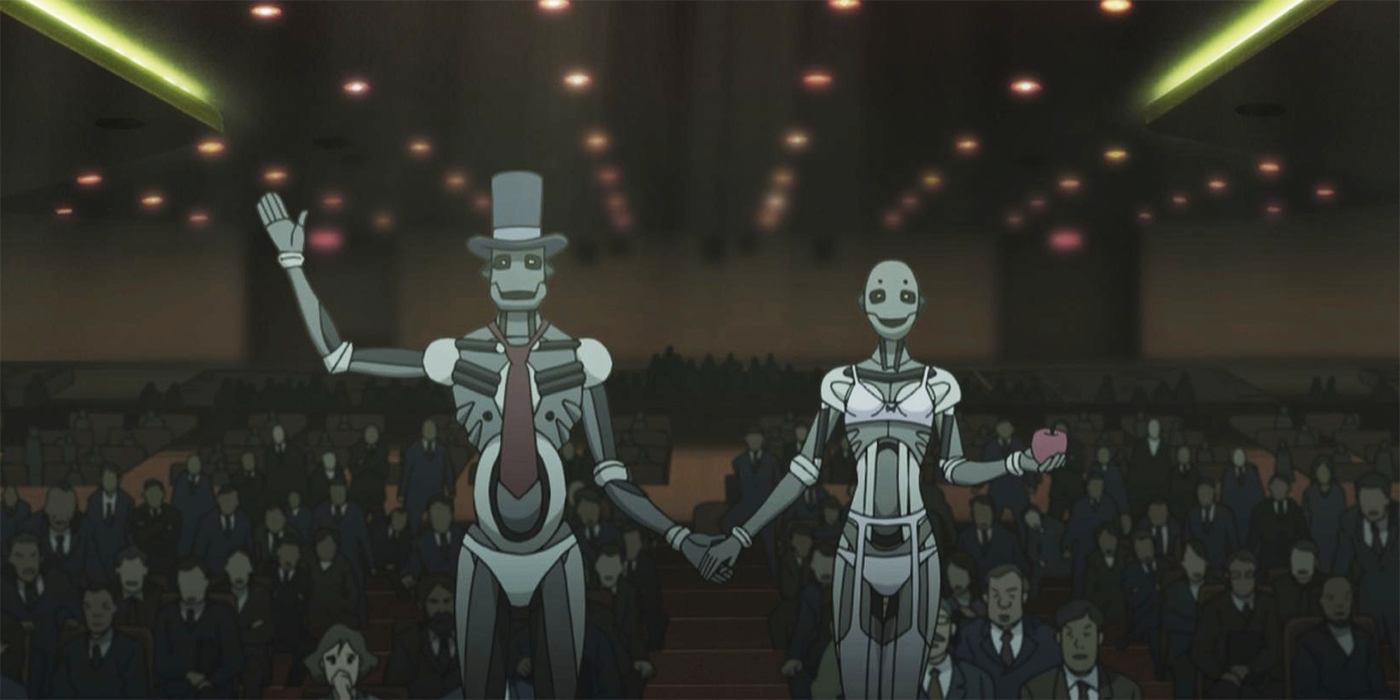
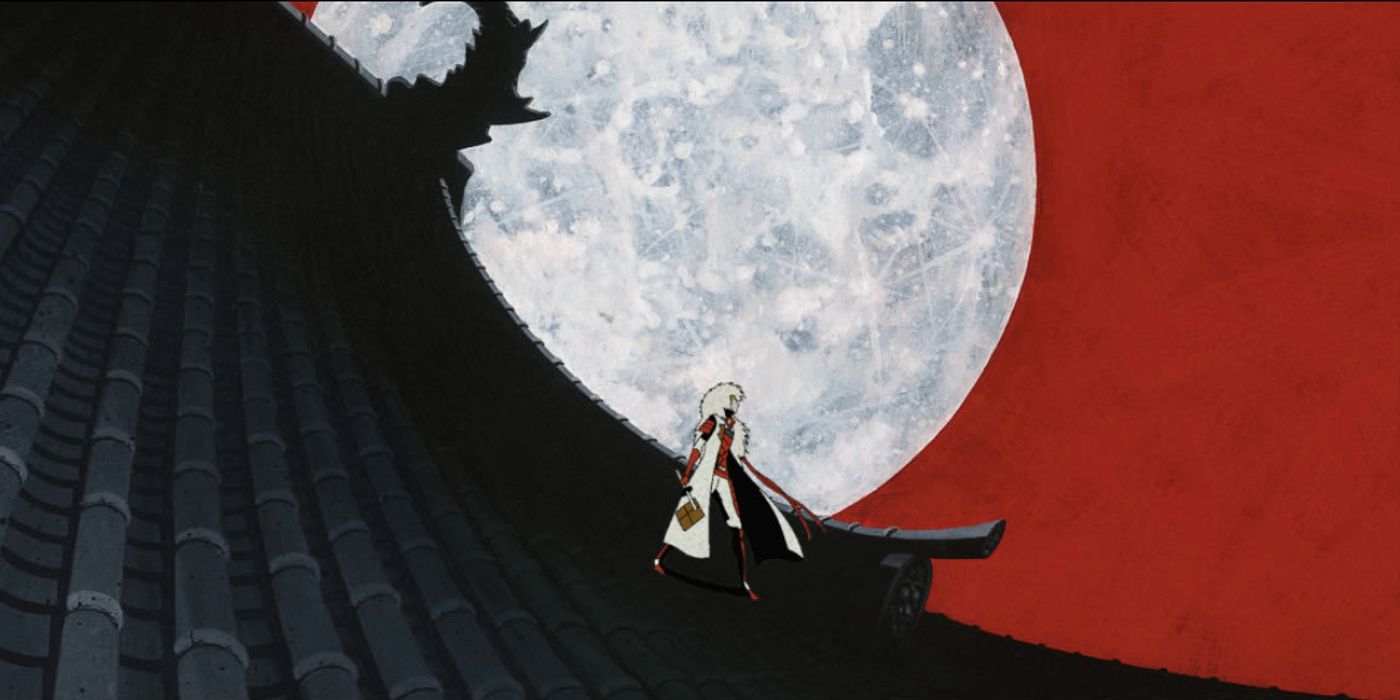
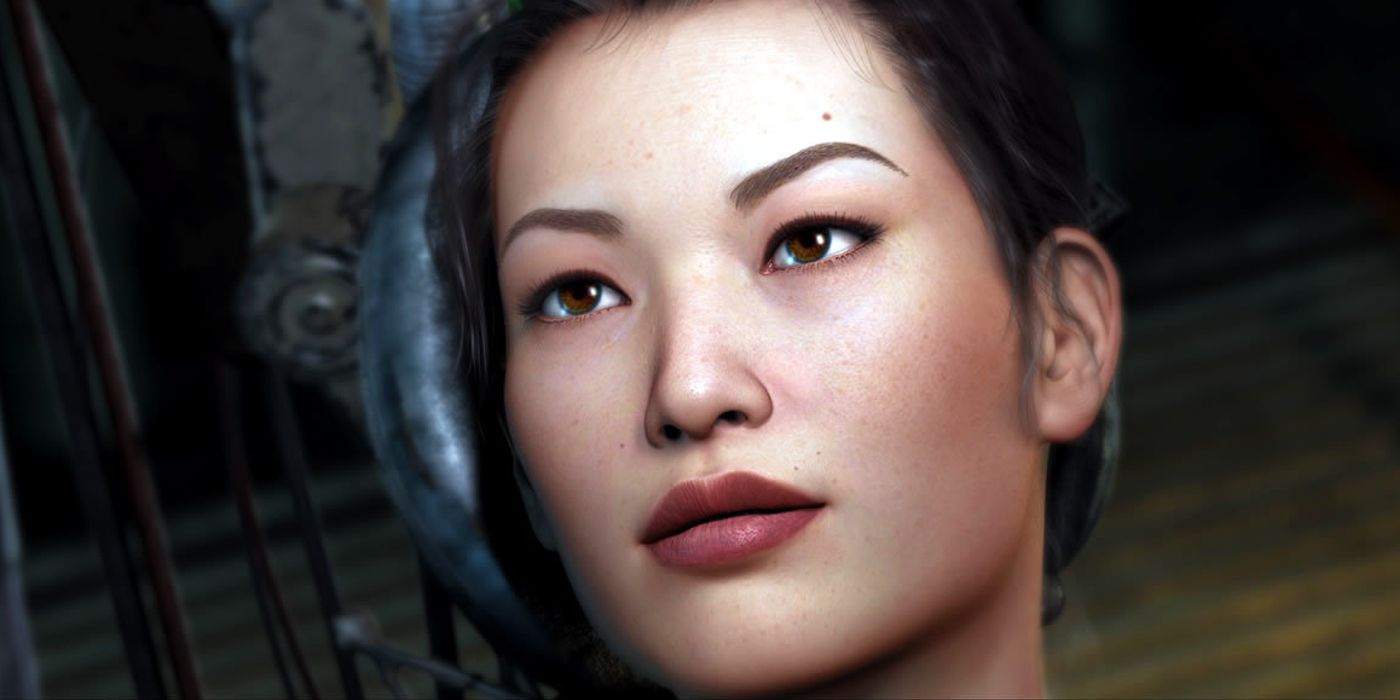
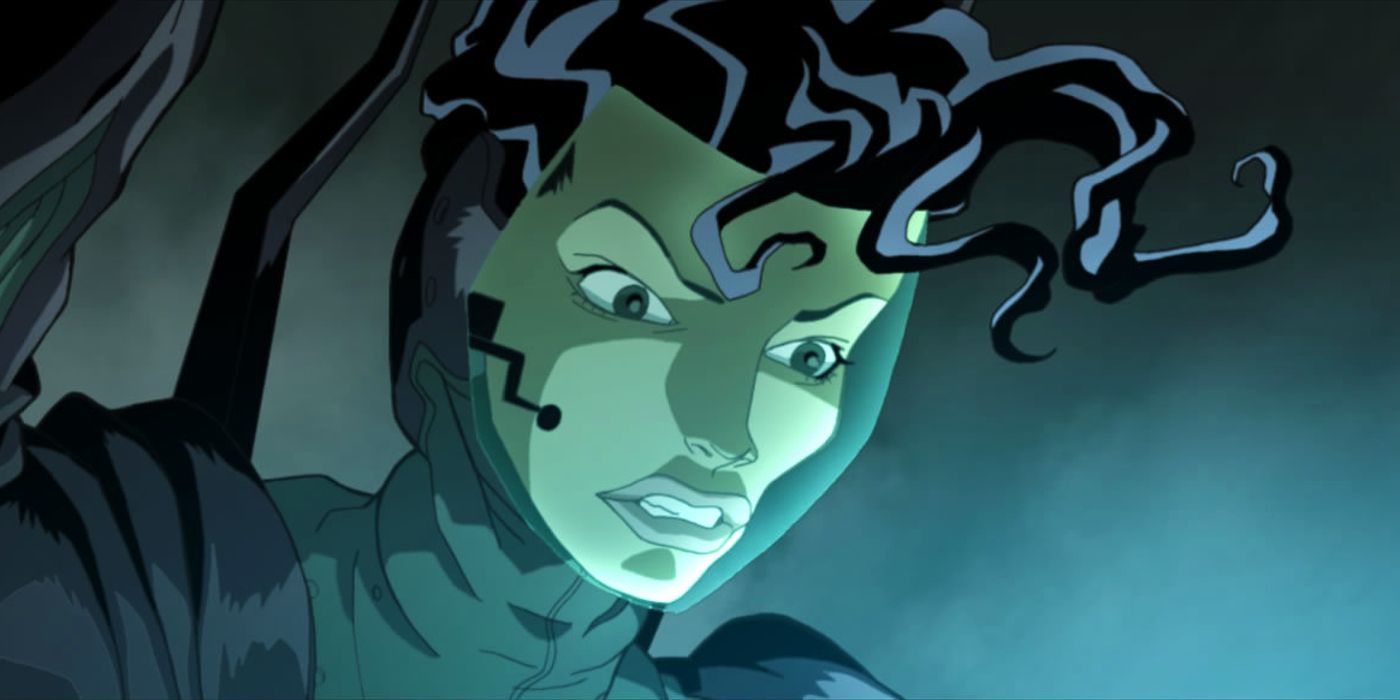














0 Response to "The Best 'Matrix' Story Didn't Take Place in the Movies - Collider"
Post a Comment